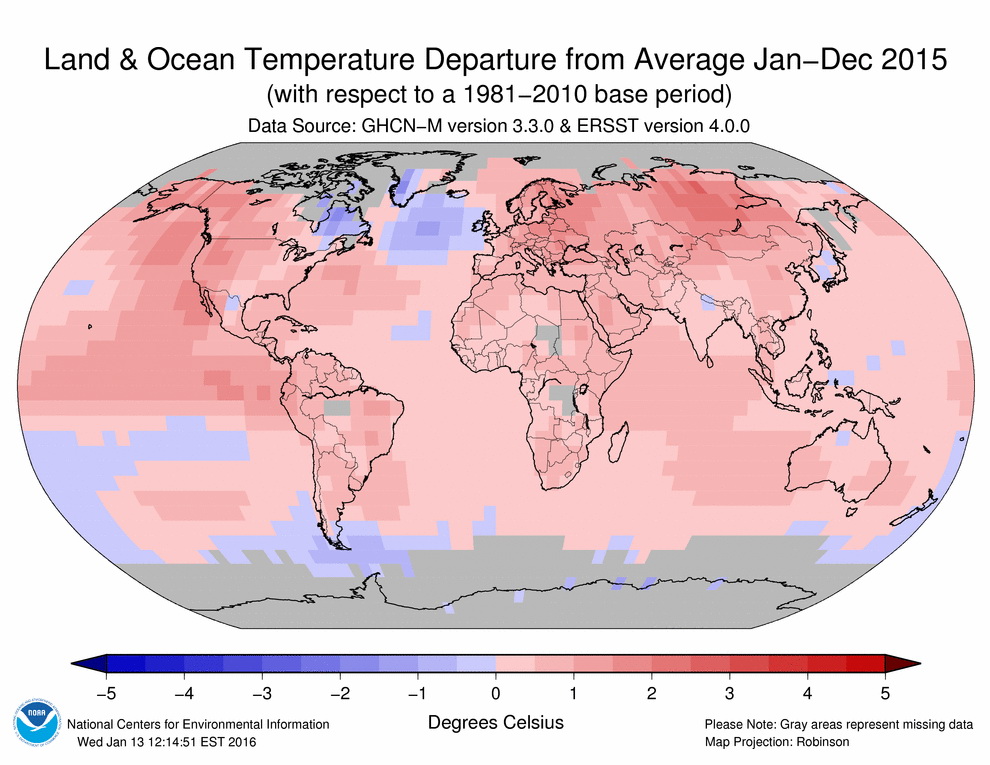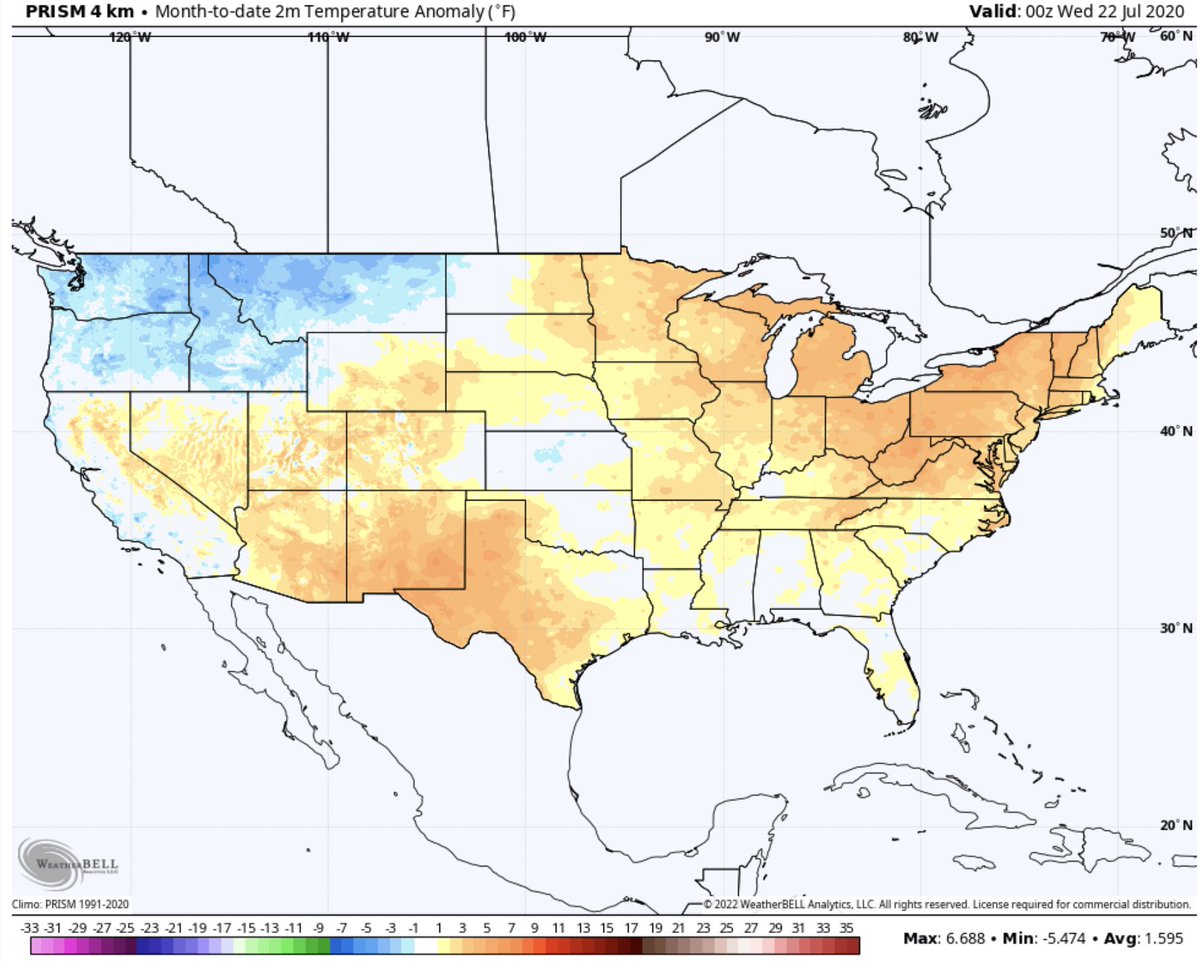

Doing so suggested Earth’s surface has warmed twice as much over the past 15 years than HadCRUT4 suggests. A paper last year attempted to fix this well-known issueusing satellite data to reconstruct the holes in the surface temperature record (bottom map below). Indeed, updates to an old version of the temperature record (HadCRUT3) to include better Arctic data saw northern hemisphere temperatures rise by 0.1 degrees Celsius.īut data gaps still exist, as the white areas in the top map in the figure below show. It’s reasonable then that a missing Arctic could lead to a global temperature that’s lower than in the real world. But data suggests the Arctic, for example, is warming more than twice as fast as the global average. This wouldn’t be a issue if the world was warming at the same rate everywhere. This effectively assumes temperatures there are in line with the global average. HadCRUT4 is the only dataset to leave regions with missing data blank, rather than try to fill them in. NOAA follows a similar process for the MLOST dataset. How much each measurement influences the final value depends on how close it is geographically to the missing point. Nasa’s GISTEMP uses statistical methods to fill in gaps using surrounding measurements. How do the datasets deal with missing data? By contrast, JMA covers just 85 per cent of the globe, with particularly poor data in the poles, Africa and Asia. NASA GISTEMP has the most comprehensive coverage, with measurements over 99 per cent of the globe. The answer to this lies in how the different datasets deal with having little or no data in remote parts of the world, measurement errors, changes in instrumentation over time and other factors that make capturing global temperature a less-than-straightforward task.ĭata coverage has, perhaps, the biggest influence. So why do we see differences between the datasets? JMA tends to track slightly lower than the others (purple). Of the four datasets, GISTEMP (red line) shows the fastest warming.

Global average temperature anomaly from 1880 to 2012, compared to the 1951-1980 long term average. You can see they all show a warming trend, but there are some year-to-year differences too. Here’s how global temperatures in the four datasets compare over the past 130 years. The Japan Meteorological Agency ( JMA) produces a fourth dataset.
#Temperature anomaly series
In the US, the GISTEMP series comes via the NASA Goddard Institute for Space Sciences ( GISS), while the National Oceanic and Atmospheric Administration ( NOAA) creates the MLOST record. The UK Met Office Hadley Centre and the University of East Anglia’s Climatic Research Unit jointly produce HadCRUT4. Scientists use four major datasets to study global temperature. These are, in turn, used to work out temperature anomalies from season-to-season and year-to-year. The differences are called an ‘anomalies’ and they help scientists evaluate how temperature is changing over time.Ī ‘positive’ anomaly means the temperature is warmer than the long-term average, a ‘negative’ anomaly means it’s cooler.ĭaily anomalies are averaged together over a whole month.


The temperature at each land and ocean station is compared daily to what is ‘normal’ for that location and time, typically the long-term average over a 30-year period. To get a complete picture of Earth’s temperature, scientists combine measurements from the air above land and the ocean surface collected by ships, buoys and sometimes satellites, too. We take a look at how scientists measure global temperature. Why so many records? While global temperature is a simple enough idea, measuring it is harder than you might think. Today, it’s the turn of NASA and the US National Oceanic and Atmospheric Administration, with the UK Met Office following suit next week. Earlier this month, it confirmed 2014 had taken the top spot with global temperatures 0.27 degrees Celsius above the long-term average. This year, there’s particular interest as it looks likely 2014 will be the hottest year on record.įirst out the blocks with the official data was the Japan Meteorological Agency (JMA). Global South Climate Scientists DatabaseĮvery year around this time, there’s a flurry of activity in the world’s major meteorological agencies as they prepare to release official global temperature figures for the previous year.


 0 kommentar(er)
0 kommentar(er)
